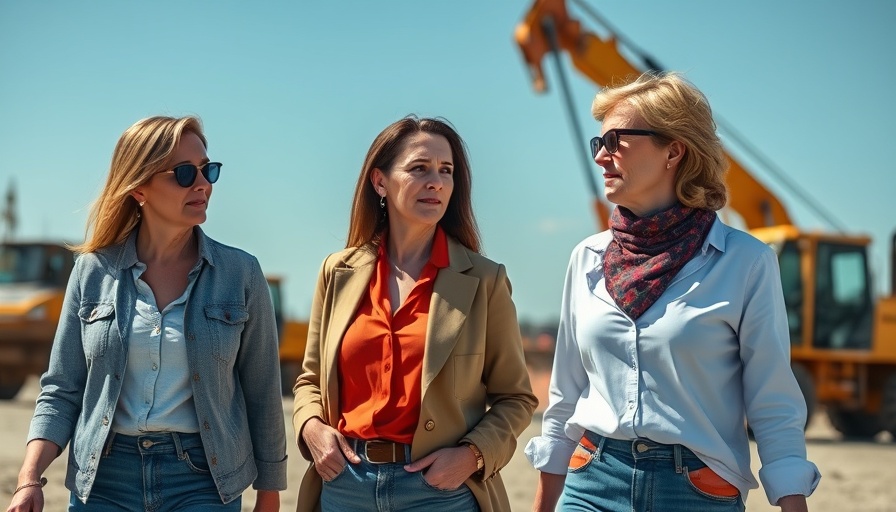
The Clash of Preservation and Progress in Carmel
In the picturesque town of Carmel-by-the-Sea, a struggle brews at the intersection of conspicuous investments and staunch community preservation. Billionaire developer Patrice Pastor has staked over $100 million in local real estate, hoping to break ground on his ambitious JB Pastor project that aims to introduce new residential and commercial spaces. Yet, despite city approval, mounting resident opposition has introduced unprecedented hurdles that question the future of development in this cherished coastal enclave.
Community Sentiments: A Microcosm of a Statewide Crisis
Pastor’s efforts encapsulate more than just local zoning debates; they highlight a pressing statewide housing crisis. With Carmel’s housing inventory plummeting by more than 41% since 2019, the urgency for new developments reaches a fever pitch. Supporters argue that while Pastor’s project won't cure the affordable housing conundrum, it offers viable year-round rentals in a town largely characterized by vacation homes—options crucial for local service workers and small business owners struggling against scarcity.
The Tug-of-War Between Development and Identity
The conflict within Carmel is not merely about housing but reflects deeply-rooted values tied to identity, architectural character, and community control. Enforced preservation policies, established from the town's incorporation in 1916, have sought to maintain Carmel’s unique aesthetic that entices both tourists and prospective residents alike. However, as societal demands for affordable living and infrastructure these policies inhibit collide, the question lingers: how can a balance be struck?
Resistance and Opportunities for Resolution
While residents express concerns over potential architectural inconsistencies and environmental impacts inherent in large-scale developments, they remain unaware of the socio-economic implications of continued residential paralysis. The uneventful city council hearings highlight a broader trend; developers like Pastor may see their investments as futile in the face of political inertia. The critical challenge lies in proactively forging dialogues to identify mutually beneficial solutions rather than allowing speculation to dictate outcomes.
Turning to Innovation in Construction
Navigating such conflicts necessitates innovative approaches. With advancements in construction technology, developers can utilize modular building methods that meet local aesthetics without sacrificing modern comforts. Techniques that incorporate sustainable materials can appease both the community's desire for preservation and the developer’s goals for long-term success. The collaboration of local governments with planners and tech-savvy developers can pave the way for smarter zoning solutions.
A Call for Change in Zoning Policies
As cities grapple with painful truths about undercapacity and zoning inertia, action must be taken to rethink outmoded frameworks. Local planners can present reforms that enable responsible development while protecting cherished environments. Such reforms could include flexible zoning codes that embrace innovative, sustainable designs while preserving a town’s heart and soul.
Ultimately, the present conflict in Carmel-by-the-Sea serves as a microcosm of broader trends impacting communities across California and serves as a much-needed wake-up call for developers and residents alike. Collaboration is key, and as Pastor prepares to either press on or withdraw, a collective vision for the future may be the only pathway toward resolution. Addressing our housing crisis doesn’t just hinge on legislation—it relies on shared values and mutual understanding.
By taking action to engage in discussions about future needs, community members and investors can work together to find a compromise that respects history while addressing the present's pressing demands. In a world driven by change, finding solutions must be our priority.
 Add Row
Add Row  Add
Add 




Write A Comment